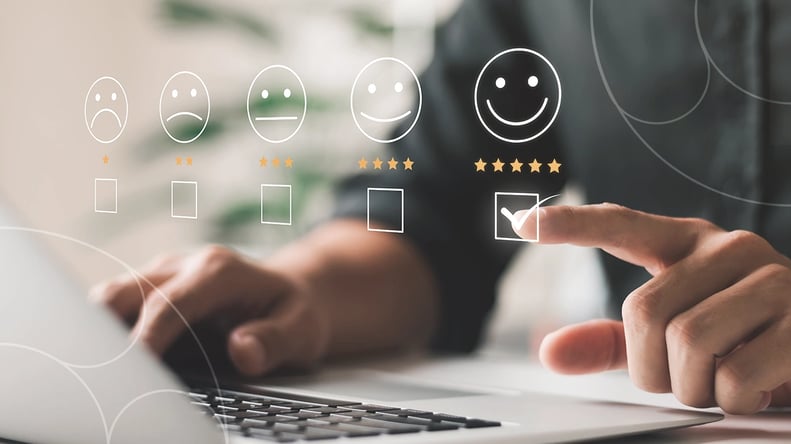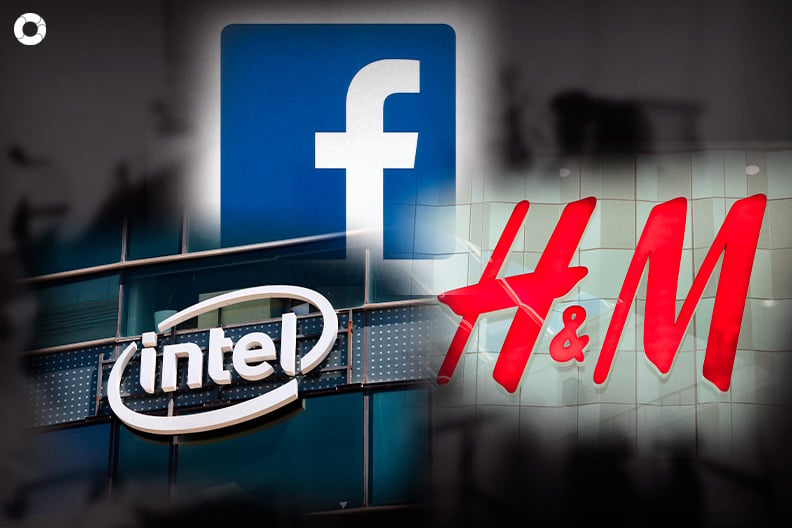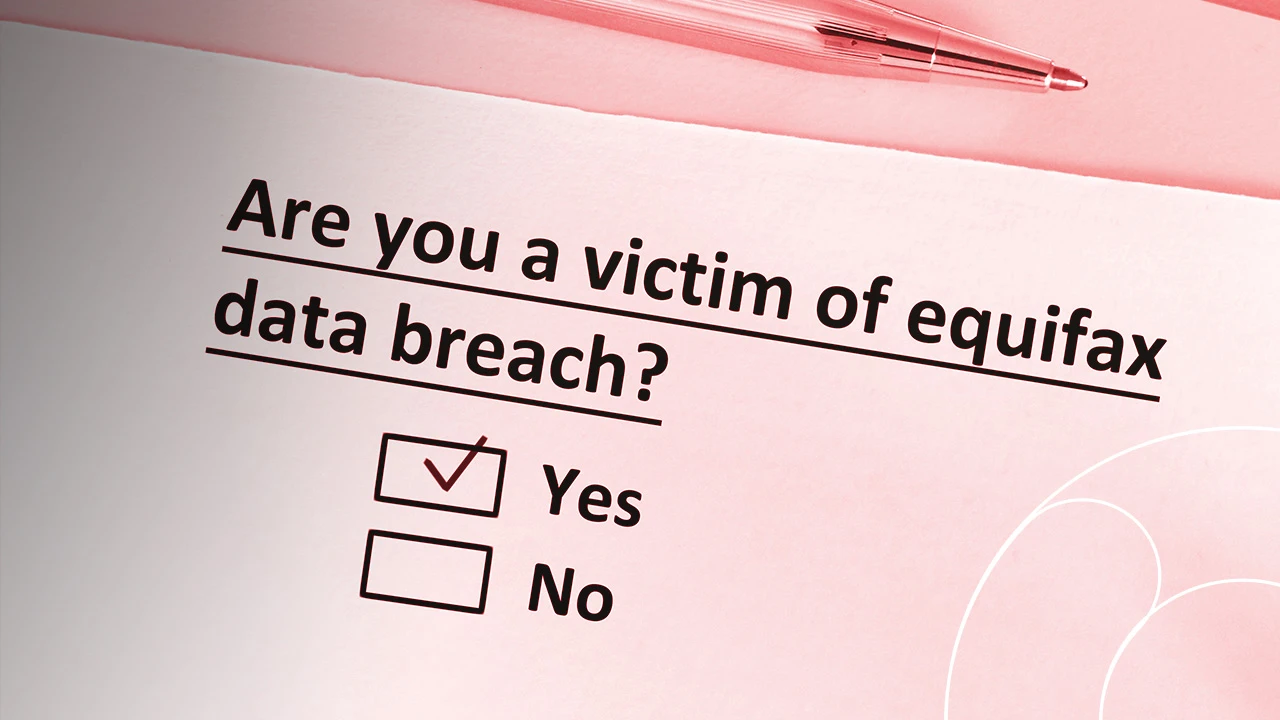Reputational Risk: Definition, Examples, & Proper Management

According to a study by the World Economic Forum, more than 25% of a company's market value is directly attributable to its reputation. Maintaining and enhancing this asset is vital to any organization's growth, continuity, and success. However, in our hyper-connected world, reputational risk can threaten a company's good name and undermine that trust.
Reputational risk has constantly threatened organizations, considerably impacting their validity. How can a company continue when its customers do not believe in or trust that it can satisfy their needs or care for them?
Today we present a complete explanation of the definition of reputational risk; let's analyze some cases and some recommendations to manage it correctly.
Reputational risk definition
TThe reputational risk definition refers to any threat or danger that has the potential to damage an organization's reputation with consumers and negatively impact the organization's continuity and success.
According to an Adobe survey, "44 percent of global consumers will spend at least $500 or more each year with the brands they trust most."
This scenario of danger occurs through the disclosure of actions, statements, or omissions of the organization massively disclosed to the public through the media and today, primarily through social media.
The problem with this risk is that it violates consumers' trust in a brand, company, or business. It triggers an infectious cycle of crisis for the company that goes viral and spreads without further ado, calling into question a company's values, quality, or level of satisfaction.
What can cause a reputational risk?
The reputational risk definition refers to any threat or danger that has the potential to damage an organization's reputation with consumers and negatively impact the organization's continuity and success.
According to an Adobe survey, "44 percent of global consumers will spend at least $500 or more each year with the brands they trust most."
This scenario of danger occurs through the disclosure of actions, statements, or omissions of the organization massively disclosed to the public through the media and today, primarily through social media.
The problem with this risk is that it violates consumers' trust in a brand, company, or business. It triggers an infectious cycle of crisis for the company that goes viral and spreads without further ado, calling into question a company's values, quality, or level of satisfaction.
What can cause a reputational risk?
The truth is that several actions can represent a reputational risk for the company; here are the seven main ones. Keep reading!
- Not respecting regulations or norms for its correct operation.
- Data leakage or violation of privacy or confidentiality of personal information of customers, partners, or employees.
- Failure to meet the needs or quality expectations of customers.
- Low quality in its products or services.
- Poor customer service.
- Incurring in misleading advertising practices towards customers.
- Failing to comply with workplace policies.
- Incurring in unethical actions.
- Negative publications or comments in social networks or media about the customer's experience with the company.
Let's see some real-life cases!
Reputational risk examples
To better illustrate the severe impact on the continuity of a company, Piranirisk presents two reputational risk examples that demonstrate how losing trust and a good image with customers can mean losing everything.
Let's get started!
Case 1: Valeant pharmaceutical unethical practices
Undoubtedly one of the most controversial reputational risk examples of the last decade. Valeant Pharmaceutical International was an American pharmaceutical company founded in 2000.
A company destined to become a worldwide giant in the pharmaceutical business, and by 2015 it reached its peak of success with shares trading at around $257 per share, a unique figure.
What did Valeant do that damaged its reputation?
- Valeant was issuing invoices, which it was self-paying using phantom accounts of companies it secretly bought.
- He secretly bought companies to have a monopoly on the active ingredients of drugs and inflate their prices.
- A drug used to alleviate the effects of AIDS went from $13 to $700 in Valeant's hands.
What happened to Valeant pharmaceutical?
When news of the fraudulent practices finally broke, it faced legal action, and its stock fell below $10 per share, meaning it had lost 90% of its value.
Patients affected by the highly inflated prices-initiated protests to have Valeant executives punished.
By 2018 as a strategy to put the episode behind them, the company changed its name from Valeant pharmaceuticals to Bausch Health Companies Inc.
Case 2: Balenciaga controversy
A case that occurred last 2022 and that questioned the integrity, values, and message that the Spanish luxury brand Balenciaga wanted to convey to its consumers. The problem arose in October 2022; the brand launched an advertising campaign for its summer 2023 children's clothing line that included children wearing stuffed animals with harnesses and leather straps around them, which the public quickly associated with elements of BDSM.
What did the Spanish firm have to face?
The images went viral online, with millions of comments demanding the company remove the repulsive and disturbing campaign.
Some comments accused the company of advocating child abuse and child pornography.
The firm offered a public apology, removed the photos, and filed a lawsuit against the photo company. However, the suit was dismissed by the court. Several celebrities, including Kim Kardashian, the company's ambassador, spoke out against the campaign.
3 Best practices for reputational risk management
Here are some practical tips that can help to implement adequate reputational risk management to prevent or mitigate any crisis scenario.
Maintain good communication with the public.
Every organization should establish a direct communication strategy through different channels, which allows them to inform in time about any event that may change the target audience's perception.
Pro tip: avoid vague or imprecise publications or statements with the audience, and keep your content brief, concise and direct.
Don't go into denial about the crisis.
Organizations must recognize the potential risk; trying to hide or remain silent about an incident only allows it to go viral and spread. Being proactive in dealing with incidents increases the likelihood of overcoming the risk.
Pro tip: if something happens, send a direct message through an excellent targeting strategy, segmentation, and understanding of your audience.
Remember your company's mission, vision, and values.
Following the organization's guidelines when making any decision can help protect it from damage, and it also helps to consolidate the company's culture and establish a unique way of doing things.
Bonus
Other actions can also help companies with efficient reputational risk management, such as:
- Must be up to date with the legal regulations of the countries where they operate.
- Prioritize customer needs.
- Making sure you meet their quality standards for your products and services.
- Good online interaction with consumers.
- Employ cybersecurity solutions to create a secure environment for all company and customer information.
- You should monitor your internal operations to detect any risk opportunities.
Final Thoughts
At Pirani risk, we recognize that while the reputational risk is an unexpected necessity, you can have the technology and cybersecurity solutions to help you be prepared. Good reputational risk management improves with consistent operational, legal, communication, marketing, and public relations practices that allow you to stay ahead in a competitive marketplace. One lousy action is enough to destroy the trust gained over the years.
Did you like this article, and what did you think of the risk reputational examples?
Don´t be shy and let us know below!
You May Also Like
These Related Stories

4 risks that can affect your company's reputation

Intel, H & M and Facebook: 3 cases of reputational risk in 2018

Greenwashing and its relation to reputational risk

Equifax Data Breach Case: Excessive Risk Consequences

What is corporate governance and why is it so important?



No Comments Yet
Let us know what you think